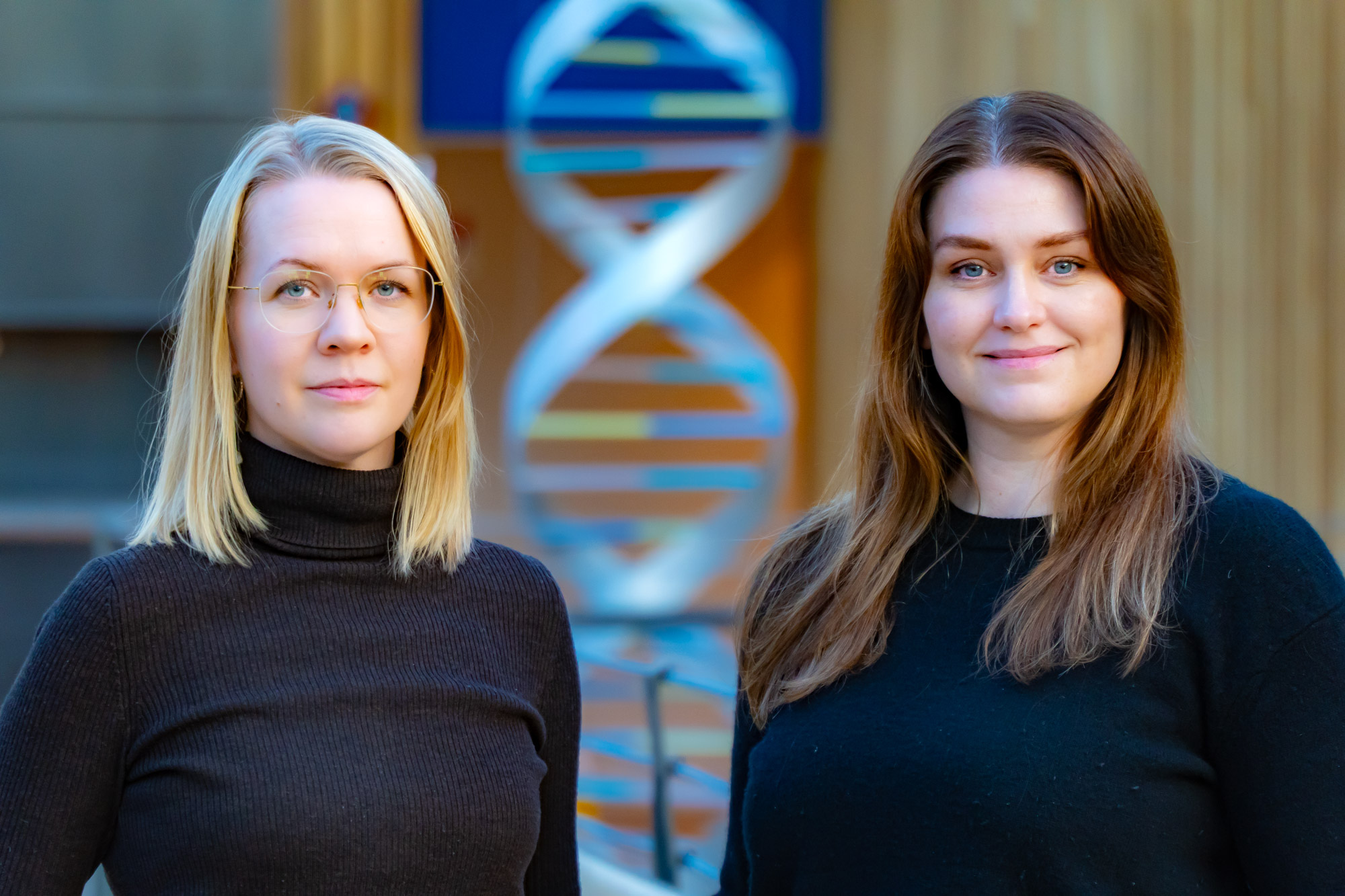
In a paper published in Nature Genetics, researchers at Amgen deCODE genetics and collaborators report an important insight into the genetics of systemic lupus erythematosus (SLE) and cutaneous lupus erythematosus (CLE) : a rare variant in the gene IKBKB (encoding the protein IKKβ) shows one of the strongest non-HLA risk signals reported to date, and its impact emerged because researchers made ancestry a central feature of study design.
SLE and CLE are more common, and often present with greater severity, in people of African ancestry than in those of European ancestry. However, nearly all major genome wide association studies (GWAS) to date have focused on European-ancestry populations, leaving the biology in other ancestries much less explored. In this study, researchers performed a GWAS for CLE and SLE in a subset of the Diverse Ancestry Cohort (DAC) that includes Americans with genetically inferred African ancestry.
The team discovered a variant in the gene IKBKB — which encodes the protein IKKβ, a component of the NF-κB immune signaling pathway. Carriers of this IKBKB variant have a 3-4-fold increased risk of lupus compared to non-carriers, but the variant is essentially absent in European-ancestry populations.
By positioning ancestral genetic background as a primary axis of analysis, the researchers enabled detection of a locus whose effect would be diluted—or entirely undetectable—in a cohort restricted to European ancestry.
“While valuable insights can be drawn from homogenous populations, genetic risk architecture for complex diseases may not be uniform across all populations,” said Dr. Guðný Ella Thorlacius, lead author for the study. “We’ve seen how the shape of human disease biology reveals itself when datasets reflect human variation more fully.”
The Iceland-based authors and collaborators at DAC/Nashville Biosciences combined thoughtful cohort design, deep sequencing, and replication across backgrounds to uncover a major non-HLA risk variant for lupus. The association was replicated in the All of Us and VA Million Veteran Program datasets, confirming the robustness of the finding.